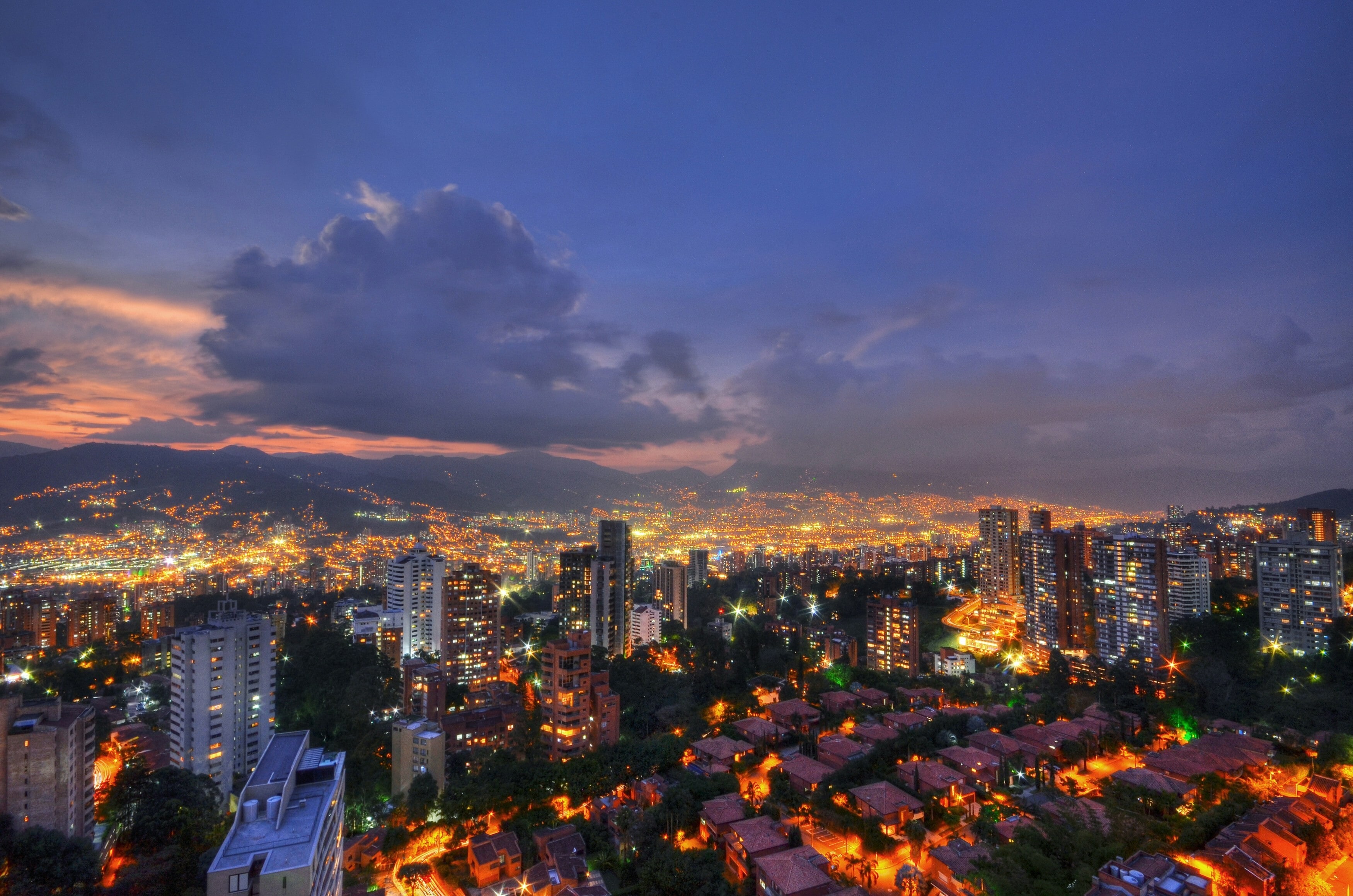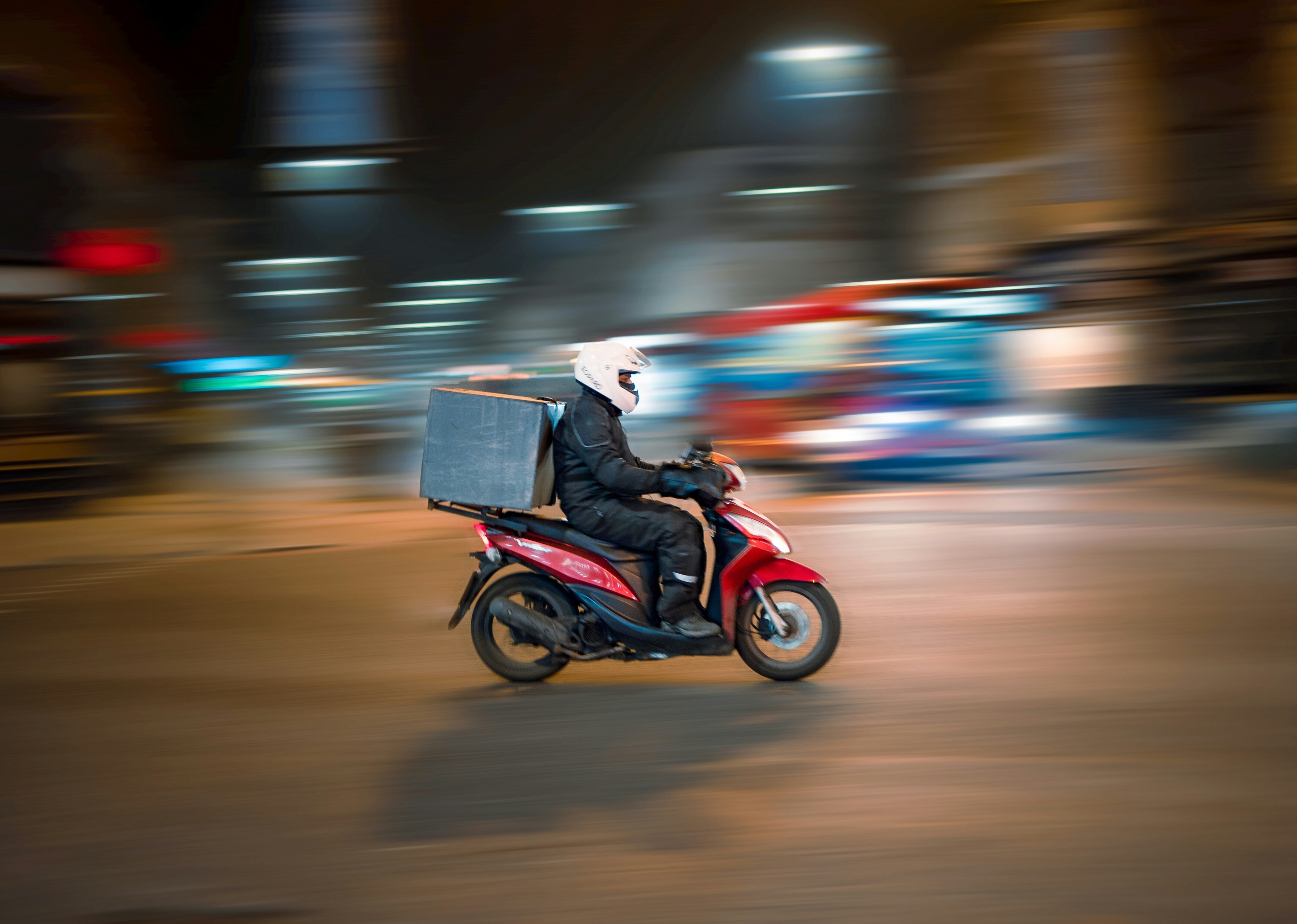Car-parking space: the next great urban frontier

Car parking in US cities accounts for an area equivalent to the size of Connecticut.
Image: Kelly Lacy/Pexels
Stay up to date:
Real Estate
- As urban mobility changes, it will free up car-parking space for other uses.
- Newly vacated curbside space could be devoted to other forms of transport or civic uses.
- Digital platforms could facilitate the management of former parking space.
The next urban frontier may be found where we least expect it. It is the space devoted to parking cars, which are idle for 95% of the time. Taken together, these scattered fragments of real estate constitute a great expanse – an area in the US as vast as the state of Connecticut.
The mobility situation has been changing in recent years: Car-sharing and ride-sharing services, such as Lyft, Via or Uber, have rapidly accelerated into our lives. Shared mobility massively reduces the need for parking, as each shared vehicle can remove up to a dozen private cars from our streets. In the near future, self-driving cars are expected to lead to similar effects on an even greater scale. If the total number of vehicles in cities falls precipitously, how much asphalt could be cleared? And what could we do with it?
It is the right time to start asking questions of this kind, as the first signs of transformation are already beginning to appear. For example, the large parking lots around airports in the United States are in crisis. Why waste money to leave your car (relatively) close to New York’s JFK airport when you can simply Uber there and back? Even in city centres, real-estate companies are considering converting garages to other functions. In new construction projects, such as our work planning the 280-metre CapitaSpring skyscraper in Singapore, parking lots are being designed from the outset to be eventually reused for other functions.

Let us hypothesize that one day, urban vehicle-sharing will become a general fact. What would be the minimum number of parking spaces we would need? In a recent article published in Nature’s Scientific Reports, my MIT colleagues and I tried to find a precise answer to this question. We began with Singapore, a city in which 5.6 million inhabitants use 1.3 million parking spaces, for more than twice the number of cars.
We started from big data analysis of island-wide movement patterns. Then, we modelled an extreme scenario: one in which all vehicles were self-driving and shared. The number of parking spaces could be reduced to zero, but at the cost of a significant increase in the total number of kilometres traveled by vehicles, which are always driving even with no one on board. To reduce “deadheading” – revenue-less travel – between passengers, we made a second model that capped the increase in distance travelled at 15% greater than today. Despite such a constraint, the results were stunning: Shared mobility could eliminate 86% of parking spaces.

Newly vacated parking spaces would have tremendous economic value, but more importantly they could allow us to rethink cities themselves. The curb is a new urban frontier that could serve many possible purposes. Think of charging stations for electric vehicles, parking spaces for shared scooters and bicycles, or drop-off and pick-up areas for e-commerce deliveries and ride-sharing platforms. Some of the new uses could be old-school, such as infrastructure for mass public transportation. Buses are still more affordable and environmentally friendly than most forms of personalized transportation we’ve managed to dream up, and we could improve them further with dynamic routing between stops.
Even after redistributing the curb to these new uses, there may still be land to spare. To use it, we could draw inspiration from recent experiments such as PARK(ing) Day. This international event, which began in San Francisco in 2005, allows citizens to convert curbside parking into open-air lounges, gardens, playgrounds and miniature art exhibitions. These one-day installations could become permanent, inviting everyone to live together in public space once reserved for private cars.

If every square metre could have multiple uses, digital platforms could allow us to manage the allocation of functions dynamically. Restaurants, for example, could clear the curbside for product deliveries in the morning and set up tables for outdoor dining in the evening – as we imagined in a recent project with Sidewalk Labs, Google’s sibling company for urban innovation. The need for dynamic planning in our cities has become more evident than ever in the year 2020, when we needed to invent new spaces for social distancing in a matter of weeks.
What is the World Economic Forum doing to support the Future of Real Estate?
It is clear that some of the scenarios above are taken to the limit. In the future, not everyone will want to embrace new shared mobility schemes. However, to get rid of even 50% of existing parking spaces would free up a huge amount of urban land. The identification of new uses and the search for new management systems will raise political and economic questions that will require complex negotiations, experimentations and public discussions. Ultimately, it might inch closer to the old dream of the great American urban planner Lewis Mumford: "Forget the damned motor car and build cities for lovers and friends."
Don't miss any update on this topic
Create a free account and access your personalized content collection with our latest publications and analyses.
License and Republishing
World Economic Forum articles may be republished in accordance with the Creative Commons Attribution-NonCommercial-NoDerivatives 4.0 International Public License, and in accordance with our Terms of Use.
The views expressed in this article are those of the author alone and not the World Economic Forum.
Forum Stories newsletter
Bringing you weekly curated insights and analysis on the global issues that matter.
More on Urban TransformationSee all
Luis Antonio Ramirez Garcia
August 11, 2025
Michael Fröbel and Stanislas Hillen
August 8, 2025
Jeff Merritt and Vivian Brady-Phillips
July 25, 2025
Muhammad Hassan Dajana and James Balzer
July 22, 2025
Olivia Nielsen
July 16, 2025





